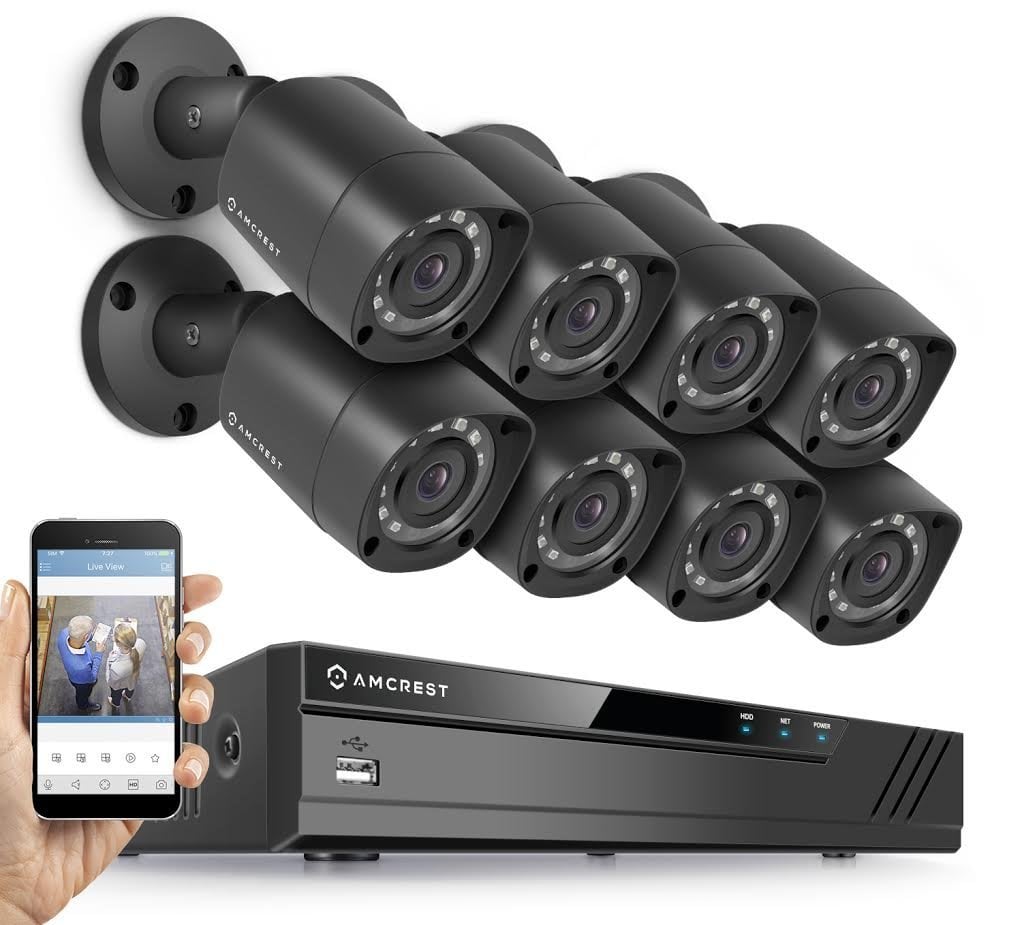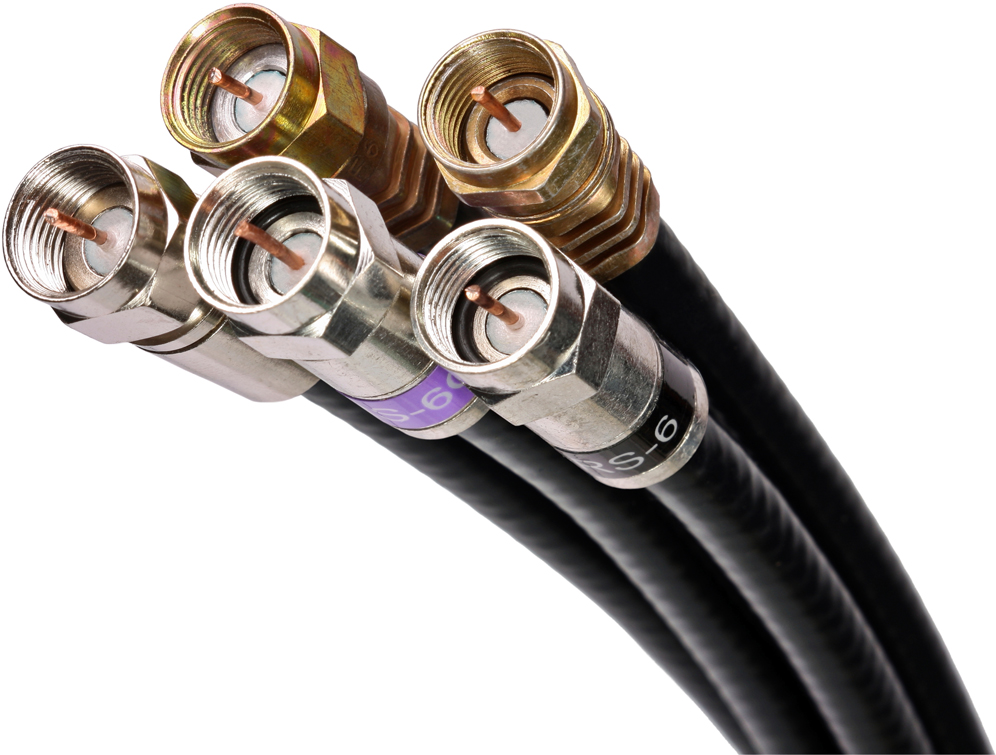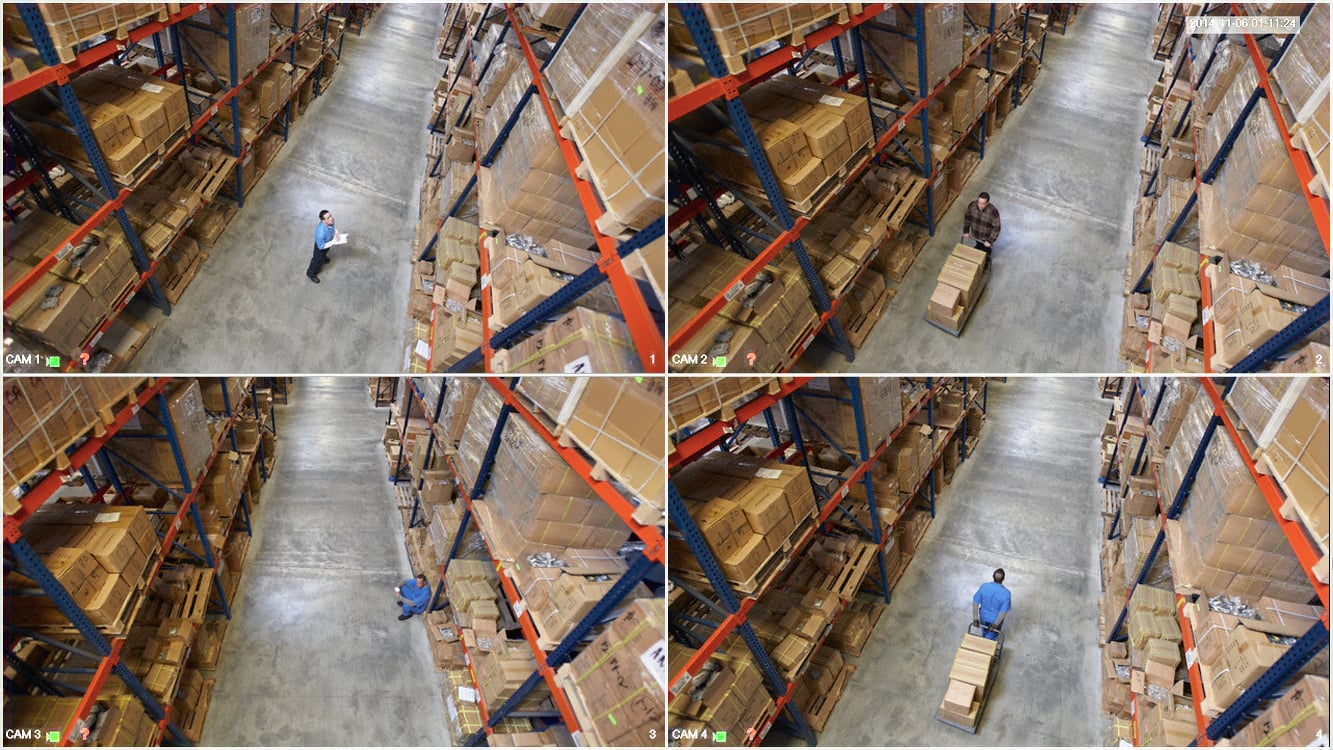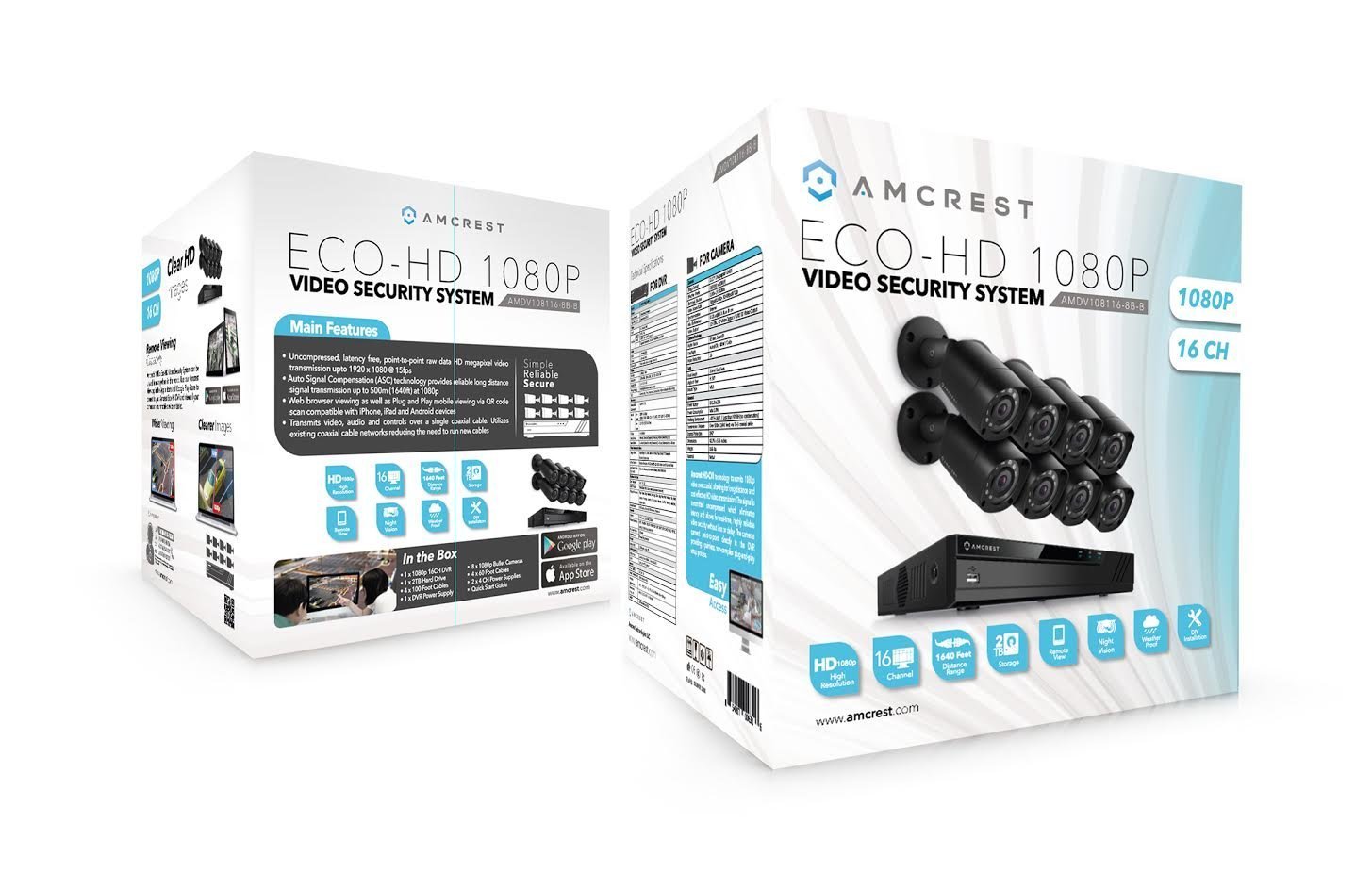Save
10%
right away
-
Be informed of New Firmware Releases
-
Get Notified of New Product Launches
HDCVI In-Depth
If you’re thinking about securing your home, office, business or property but can’t decide on a surveillance technology, look no further! HDCVI, is perfect for anyone in need of a security camera system that is smart, user-friendly, and high definition while remaining cost effective. It is a type of CCTV system and even uses the very same coax cabling. But the way it uses coaxial cabling is unquestionably more useful as it is actually capable of producing brilliant 1080p HD resolution. HDCVI technology is the long-awaited breakthrough in the surveillance industry and finally grants the advantage of not just HD video quality, longer distance transmission, and virtually nonexistent distortion/latency, but also ease of installation.

HD Image Quality:
HDCVI is capable of bringing you crystal clear 720p or 1080p resolution. These powerful cameras efficiently transmit their High Definition video signals through coaxial cabling in an uncompressed, pure, and lossless transmission. And the DVR's analog to digital conversion is what brings that true, live, Full-HD viewing experience to life. The ability to see things so vividly with such clarity and detail in real time is a virtue that can not be found with traditional CCTV or IP camera systems. True High Definition is something that, once you try, you can never go back from; it spoils you.

Easy to Upgrade to HD:
One of the best things about HDCVI is how it was developed to work with the same old cables that CCTV systems use. You don’t have to worry about buying a bunch of Ethernet cables, installing them and wiring them to each camera, configuring all your cameras to the network, and having to deal with complex troubleshooting. You don’t even have to go out and buy new coaxial cabling or installing relay devices to extend the signal. Simply take your new DVR, your cameras, and swap them with your existing CCTV DVR and cameras. With this kind of plug-and-play setup, upgrading to High Definition has never been more tempting or doable. Even if you didn’t have pre-existing coaxial cables, each of our packages come with a set of cables included!

Long-distant, No Latency Transmission:
HDCVI stands for High Definition Composite Video Interface. The name is derived partly from the fact that it uses baseband and quadrature amplitude modulation(QAM). With QAM, two amplitude-modulated(AM) signals are combined within a single channel which effectively doubles the bandwidth. This method also allows the signal to avoid CVBS crosstalk and isolates the hue and brightness signals which significantly enhances the video quality. Any old coaxial cabling should more than suffice, because that’s how HDCVI was designed.
But, in some cases, you have the option to acquire and use a certain category of coaxial cabling which allows for longer distance transmission. When recording in 720p, you can achieve a distance of 500m via Φ75-3, and 650m via Φ75-5. If recording in 1080p, you can achieve 300m via Φ75-3, and 400m via Φ75-5. In fact, the type of cable you buy can also affect the image quality. Most differences will be negligible, but, in certain circumstances, every bit counts. It's just great to know that, if you wanted to, you could upgrade further.

3 Signals Over 1 Cable:
The coaxial cable has been around since the late 1800s which goes to show how effectively it can transmit a signal. It is still a standard around the world for it’s capacity as well as its capability and stability. But, although the 3 signals come from the coaxial cable itself, when it comes to HDCVI technology, the real magic happens within the tuner and how it interprets the signal. This is how HDCVI made it possible to keep the same old cabling standard, but get more out of it.

No RF Interference with Low-Frequency Signal:
Coaxial cabling is composed of several layers including the core(a cylindrical conductor), surrounded by an insulator, which is surrounded by yet another conductor in the form of a metal jacket, and finally wrapped with the rubber exterior we all know. The actual coaxial cable, itself, is so ingenious because having 2 separate conductors allows for 2 independent electromagnetic fields to coexist within the cable of opposite charges. These charges cancel each other out as they travel together, which prevents the cable from reacting to surrounding equipment magnetically and also from external magnetic forces interfering with the internal fields.
The two most widely used types of coaxial cables are RG-59 and RG-6. Both work considerably well, but RG-6 is generally more cooperative with higher-frequency signals such as are used by most cable-providers or ISPs. But RG-59 happens to work significantly better with the low-frequency signals deployed by our systems and would be the better choice. But, once again, although the difference is there, it is difficult to notice and completely up to your discretion or preference.

Conclusion:
Once you piece together every relevant consideration when examining the reasons one would choose HDCVI technology over any other, things start to become very clear. One might think of trying to achieve Full HD resolution in a CCTV system by choosing HD-SDI, IP, or CCTV systems as someone trying to haul a massive load with a pickup truck instead of a semi. They might get it moving, but it simply does not make sense or compare as a long term solution. You don't want a tired, overworked, expensive, and sub-par solution. You want something that was built from the ground up to perform. And when you consider that our technology is also priced competitively with every runner-up, only one real question remains: why wouldn't you choose HDCVI?

-
Shop our Products
We carry a large variety of security products for all your needs.
See more -
Need Help ?
Check out our online knowledge base for support and assistance.
Support Center -
Support Videos Library
Need further assistance with your product? We're here to help!
Watch Now
